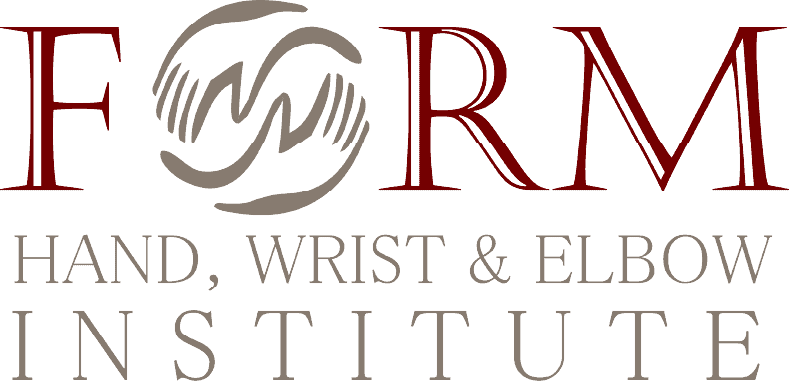Wrist Conditions
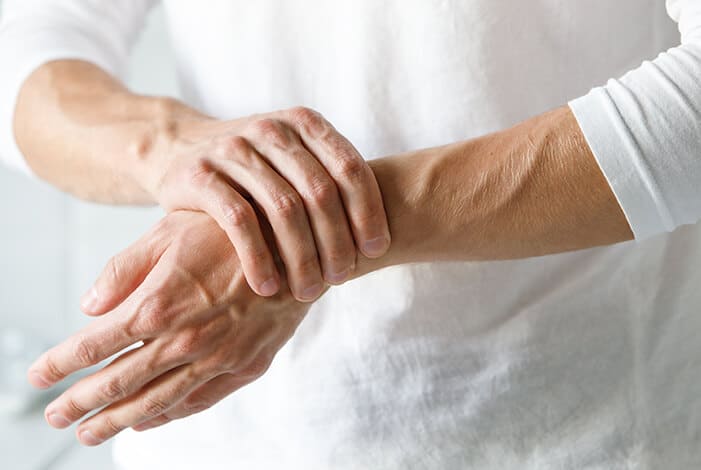
FORM Hand, Wrist & Elbow offers conservative, non-surgical treatments to the latest state-of-the-art surgical procedures for wrist conditions. Patients of all ages and activity levels are seen for simple or complex conditions.
Because your hands are constantly in motion, that means your wrists are too. Your wrists are susceptible to repetitive motion and overuse injuries such as carpal tunnel syndrome and tendonitis. Your wrists will usually suffer injury when your hands are used as a form of protection during a fall, which can result in wrist fractures and injuries involving ligaments, tendons, and nerves. A hand surgeon should be consulted to care for these conditions, especially with wrist fractures that can have complications with healing.
The following are just a few of the common wrist conditions. If you are experiencing pain or discomfort in your wrists, or have additional concerns, contact our office for an appointment.
- De Quervain’s Tenosynovitis
- Ganglion Cysts
- Distal Radius Fracture
- Scaphoid Fracture
De Quervain’s Tenosynovitis
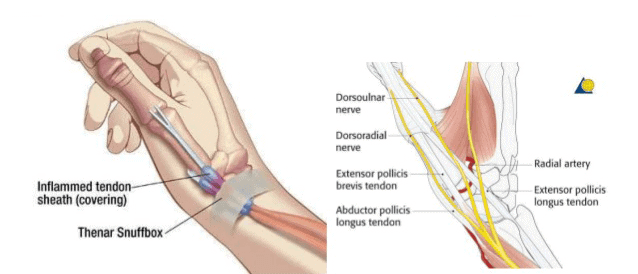
De Quervain’s tenosynovitis is tendonitis that is caused by overuse of the wrist next to the thumb. The overuse causes inflammation of the tendons between the thumb and the wrist. When the tendons move through the tunnels, the inflammation can cause numbness and tingling. Common symptoms of De Quervain’s tenosynovitis include tenderness, pain, and weakness of the thumb and wrist. Patients with symptoms of De Quervain’s tenosynovitis complain of pain during normal activities, including writing, typing, and any simple thumb movement. Treatment for De Quervain’s tenosynovitis includes wrist splinting and physical therapy. If those treatments do not improve symptoms, then cortisone injections and/or minimally invasive surgery can treat De Quervain’s tenosynovitis.
Ganglion Cysts
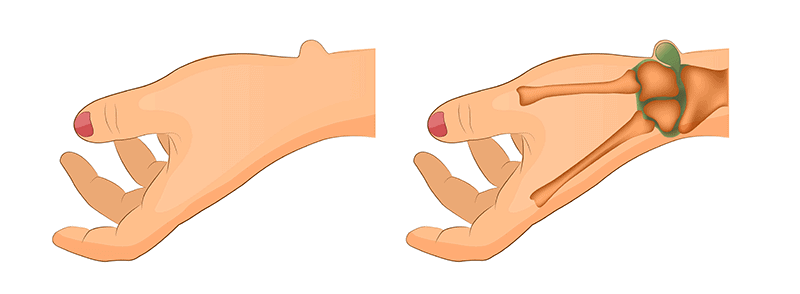
Ganglion cysts are bumps that occur on the hand and wrist. The lumps are noncancerous swellings that arise when synovial fluid leaks from the joints or tendons and form a cyst on the hand. Symptoms of ganglion cysts may include hand and wrist pain and/or pressure, disfigurement of the hand, and difficulty with hand and wrist movement. Ganglion cysts will either disappear on their own over time or get bigger. If ganglion cysts get bigger, they may cause pressure and/or pain in the wrist or hand which means that they will have to be removed either with needle aspiration or minimally invasive surgery. It is important to get ganglion cysts checked out by your doctor if symptoms and pain worsen over time.
Distal Radius Fracture
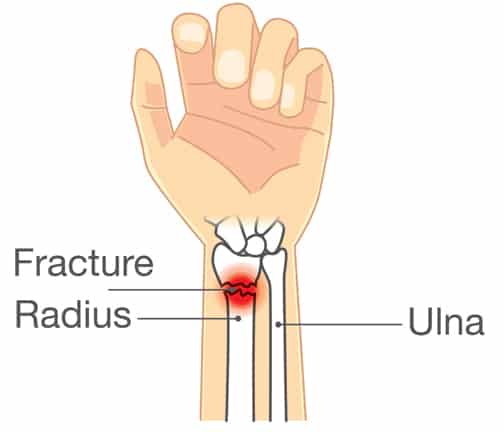
The radius is the larger of the two bones in the forearm. The smaller bone is called the ulna. The part of the radius closest to the wrist is called the distal radius. A distal radius fracture usually occurs as the result of a fall on an outstretched hand and usually results in pain, swelling, and bruising of the affected limb. Sometimes there is gross deformity with the wrist hanging in an odd position. There are several different classifications of distal radius fractures, and it is important to identify which type to determine the treatment needed. Treatment will vary not only based on the type of fracture but severity as well. Treatments can be nonsurgical and needing only a cast to surgical intervention.
Scaphoid Fracture
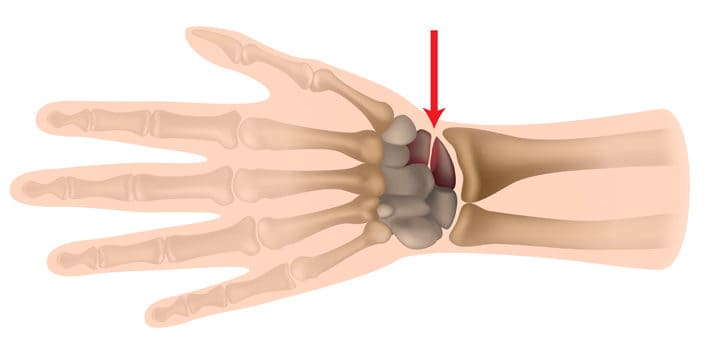
The wrist is formed by the two bones of the forearm, the radius and the ulna, and eight small carpal bones. The carpal bones are arranged in two rows at the base of the hand. There are four bones in each row. The scaphoid bone is one of the carpal bones on the thumb side of the wrist, just above the radius. A scaphoid (navicular) fracture is a break that occurs most often after a fall onto an outstretched hand. Symptoms of a scaphoid fracture typically include pain and tenderness in the area just below the base of the thumb. These symptoms may worsen when you try to pinch or grasp something. Treatment for a scaphoid fracture can range from casting to surgery, depending on the severity and location of the fracture. Because portions of the scaphoid have a poor blood supply, a fracture can disrupt the flow of blood to the bone, and complications with the healing process can occur. Therefore, it is important to consult a hand surgeon as soon as possible.
Wrist Treatment in Fremont, California
Whether your wrist condition is urgent as a result of an injury, painful because of overuse, or keeping you from doing everyday things, we welcome you to our practice.
Please call FORM Hand, Wrist & Elbow at (510) 480-3700 to schedule a consultation. For your convenience, you may also request a consultation online. We offer same-day or next-day appointments.
Dr. Basil Besh is a board-certified orthopedic surgeon specializing in Hand, Wrist, and Elbow conditions. He is one of the few hand surgeons in Silicon Valley with the Subspecialty Certificate in Surgery of the Hand. He has over 15 years of experience focused on orthopedic hand conditions.
Dr. Besh is an expert in his field in both surgical and nonsurgical interventions. He provides thorough and accurate diagnoses and recommends the best treatment for your condition to assure maximal recovery.
